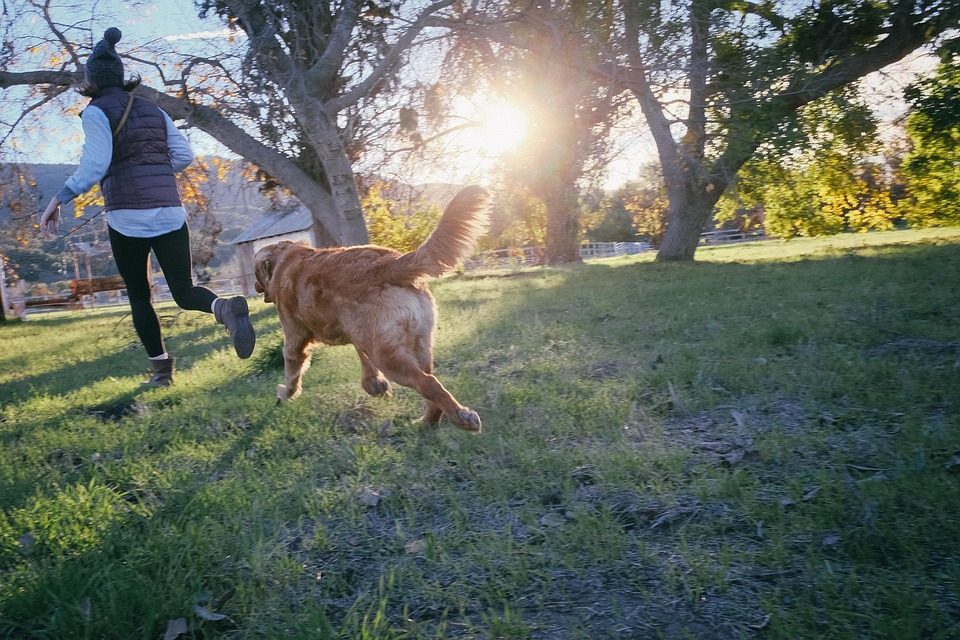Maintaining the urinary health of your female dog is crucial for her overall well-being. In this comprehensive guide, we will explore the causes, symptoms, prevention, and management of common urinary problems in female dogs. Additionally, we have included a FAQs section to address some common concerns dog owners may have.
Understanding Common Urinary Problems in Female Dogs
The importance of urinary health in female dogs cannot be overstated. A healthy urinary system ensures the elimination of waste and toxins from the body. Common types of urinary problems in female dogs include urinary tract infections (UTIs), bladder stones, incontinence, and urinary tract obstructions.
UTIs are one of the most common urinary problems in female dogs. They occur when bacteria enter the urinary tract, leading to inflammation and infection. Symptoms of UTIs include frequent urination, accidents in the house, blood in the urine, and straining to urinate.
Bladder stones can also affect female dogs. These are mineral deposits that form in the bladder and can cause discomfort and pain. Symptoms of bladder stones include frequent urination, straining to urinate, and blood in the urine.
Incontinence is another urinary problem that can affect female dogs. It is characterized by the inability to control urination, leading to accidents in the house. Incontinence can be caused by weakened pelvic muscles, hormonal imbalances, or underlying medical conditions.
Urinary tract obstructions are serious and potentially life-threatening urinary problems. They occur when there is a blockage in the urinary tract, preventing normal urine flow. Symptoms of a urinary tract obstruction include straining to urinate, frequent attempts to urinate with little to no urine produced, and signs of pain or discomfort.
Prevention Tips for Maintaining Urinary Health
To maintain the urinary health of your female dog, follow these prevention tips:
1. Provide proper hydration: Ensure your dog has access to fresh water at all times to promote urine production and flush out toxins.
2. Promote regular and frequent bathroom breaks: Take your dog outside regularly for bathroom breaks to prevent urine from sitting in the bladder for extended periods.
3. Maintain a clean living environment: Regularly clean your dog’s living area to minimize the risk of bacterial growth and contamination.
4. Ensure a balanced diet: Feed your dog a high-quality, balanced diet that supports urinary health. Consult with your veterinarian for specific dietary recommendations.
5. Regular exercise and weight management: Regular exercise helps maintain overall health and weight management, which can reduce the risk of urinary problems.
Identifying Symptoms of Urinary Problems
It is important to be aware of the symptoms of urinary problems in female dogs. These may include frequent urination or accidents in the house, blood in the urine, straining to urinate, excessive licking of the genital area, and discolored or foul-smelling urine. If you notice any of these symptoms, it is recommended to seek veterinary care promptly.
Managing Common Urinary Problems
Managing common urinary problems in female dogs requires appropriate veterinary care and treatment. Here are some management strategies for specific urinary problems:
1. Urinary tract infections (UTIs): Seek veterinary care for diagnosis. Treatment usually involves antibiotics to eliminate the infection.
2. Bladder stones: Diagnostic tests, such as ultrasound or X-rays, can confirm the presence of bladder stones. Treatment options may include surgical removal or non-surgical approaches, depending on the size and composition of the stones.
3. Incontinence: Determining the underlying cause of incontinence is crucial. Treatment options may include medications to strengthen the pelvic muscles or address hormonal imbalances, as well as lifestyle modifications.
4. Urinary tract obstructions: Recognizing emergency signs, such as the inability to urinate or signs of pain, is vital. Treatment may involve catheterization or surgery to remove the obstruction and restore normal urine flow.
FAQs (Frequently Asked Questions)
Q1: How can I prevent urinary tract infections in my female dog?
A: Providing proper hygiene, ensuring regular bathroom breaks, and maintaining a healthy diet and hydration are essential in preventing UTIs.
Q2: What are the common causes of bladder stones in female dogs?
A: Common causes of bladder stones include urinary tract infections, diet, and certain underlying medical conditions.
Q3: Can obesity contribute to urinary problems in female dogs?
A: Yes, obesity can increase the risk of urinary problems in female dogs. Maintaining a healthy weight through diet and exercise can help prevent these issues.
Q4: Is incontinence more common in older female dogs?
A: Incontinence can occur in dogs of any age, but it is more commonly seen in older female dogs.
Q5: What should I do if I suspect a urinary tract obstruction in my dog?
A: If you suspect a urinary tract obstruction, it is a medical emergency. Contact your veterinarian immediately for guidance and seek prompt veterinary care.
Conclusion
By understanding common urinary problems in female dogs, implementing preventive measures, and promptly addressing any symptoms, you can help ensure your furry friend’s urinary health. Regular check-ups with a veterinarian are essential for early detection and effective management. With proper care and attention, you can keep your female dog happy and healthy for years to come.









